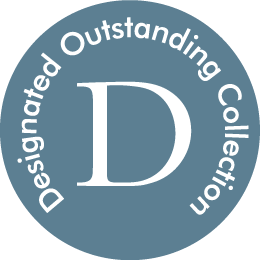Since the technical work of modelling now took place in only two dimensions, and therefore required far less skill, researchers began to issue such work to laboratory technicians. Ziegler's role consisted in processing those stacks of two-dimensional plates, refining their distortions, and reproducing them as beautiful, vivid objects for sale. These 'Primordial Skull' models are the outcome of such a process.
The Ziegler Models have attracted much scholarly attention within our own department. When you visit the Whipple Museum, look for our Main Gallery display curated by Prof. Nick Hopwood, 'Embryos in Wax.' You can also ask our gallery attendant to show you his book, Embryos in Wax: Models from the Ziegler studio (published by the Museum in 2002), to see his expert analysis of these specimens alongside rich images of Ziegler's whole 'library' of models.




